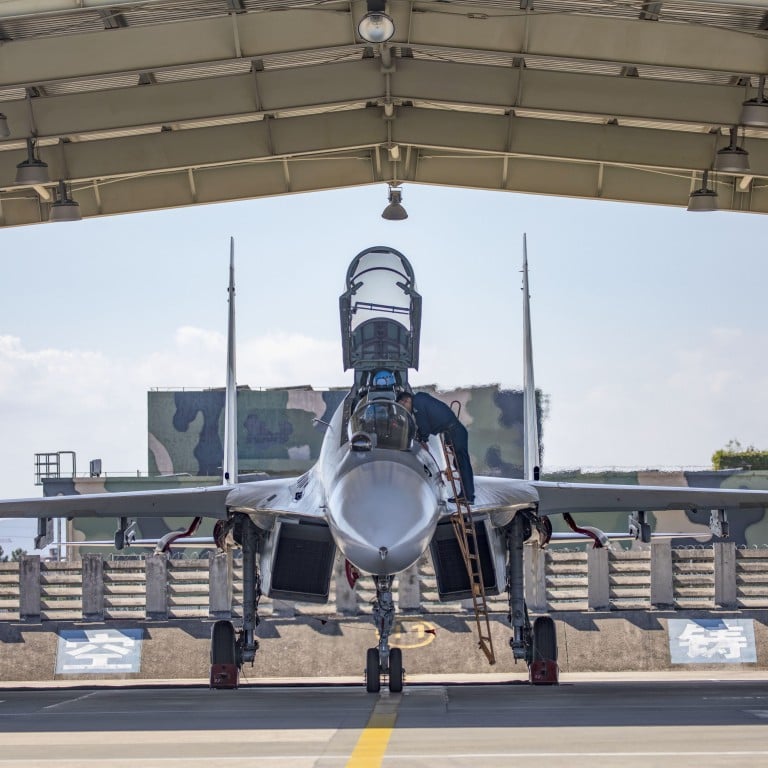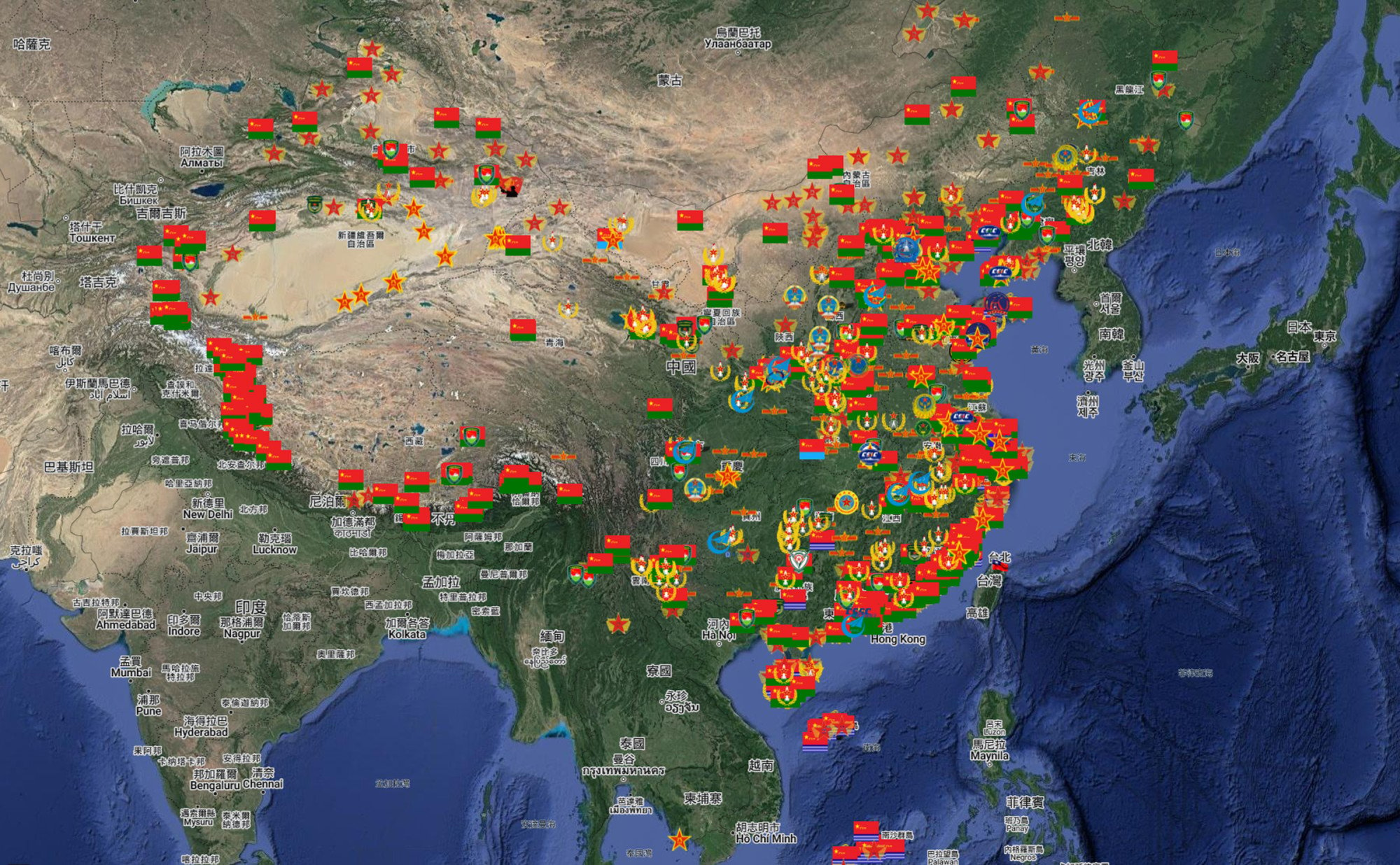
The Taiwanese musician mapping mainland China’s military sites – one airfield at a time
- Joseph Wen’s 2-year project started when he read an article in a mainland magazine
- He has logged more than 1,500 facilities – and counting – using publicly available information
Since 2020, Wen has been systematically creating an interactive online map for the public detailing more than 1,500 People Liberation Army sites on the mainland and around the world.
The map has attracted nearly a million views and has surprised some military experts with its accuracy.

Wen said he developed an interest in the military through a friend when he was a high school student and started work on the project after reading an article in an armed forces magazine published on the mainland.
The article had a map of the island’s military deployments and his plan mushroomed from there.
“I originally planned only to locate PLA Air Force bases because it’s rather easy to spot their runways, but eventually I included other PLA units in the map,” he said.
So far he has identified 1,545 mainland Chinese military facilities, including PLA missile, rocket, radar, army, naval and airbases.
The site also details theatre commands, barracks, strategic support bases as well as training and test centres.
Locations of military academies, key governmental institutions and important military-industrial facilities, such as the Dalian, Jiangnan and Huangpu shipyards are noted.

One facility of particular interest in Taiwan is a heliport base in Zhangzhou, Fujian province, just 250km (155 miles) from Taipei.
The base was built for the PLA’s air brigade last year and raised fears that the PLA could use it to launch a decapitation operation against the island’s leaders.

To pinpoint the legions of facilities, Wen said he gathered information about the sites from public sources, including Wikipedia, Google Maps, academic and research papers, military fan groups and internet chat rooms.
In one instance he verified the site of a PLA base after a user on Baidu – the mainland’s biggest search engine – posted about a reservoir next to a military camp.
“Cross-referencing is very important. I need to check every detail and compare it with other sources before identifying the sites,” he said.
“Photos released by Chinese news media outlets, including CCTV, and military journals are another source for cross references,” Wen said, adding that he verified the site of a rocket force brigade using a photo released by the state broadcaster.
Timeline: Taiwan’s relations with mainland China under Tsai Ing-wen
The base, equipped with DF-26 intermediate-range ballistic missiles that can hit Taiwan and Guam, was tracked down to Xinyang in the central province of Henan.
In creating the map, Wen admitted that he sometimes made mistakes. One time he misidentified a prison as a military facility but he was corrected by other military enthusiasts the next day.
Wen said identifying army sites was more difficult than pinpointing facilities for other PLA branches because they tended to use various structures to conceal their facilities.
Nevertheless, the map is at least 80 per cent accurate, according to Su Tzu-yun, a senior researcher of the island’s government-funded Institute for National Defence and Security Research.
“Wen has done a good job creating the map. Though it is not 100 per cent correct, it allows people to have a clear idea of the military power of China and its growing threats to Taiwan,” Sun said.
Beijing sends 29 warplanes into Taiwan’s air defence zone
The PLA has been strengthening its military power in a wide range of areas and increased its military activities around Taiwan. Beijing sees Taiwan as its own territory and plans to one day reclaim the self-ruled island, by force if necessary.
Wen said he hoped the map would raise their concerns about cross-strait as well as regional security, political and military issues.
“I hope that through the map I created, people in Taiwan will be able to have an idea of the PLA and its military deployments,” he said.
He said his map was the work of an amateur and its accuracy could not compare with those produced by security agencies. “Mine is just for public use,” he noted.
Asked if he saw a future for himself in a Taiwanese intelligence agency, Wen said he preferred to build a career on his professional skills. “After all, music can soothe the heart and ease the mind,” he said.

